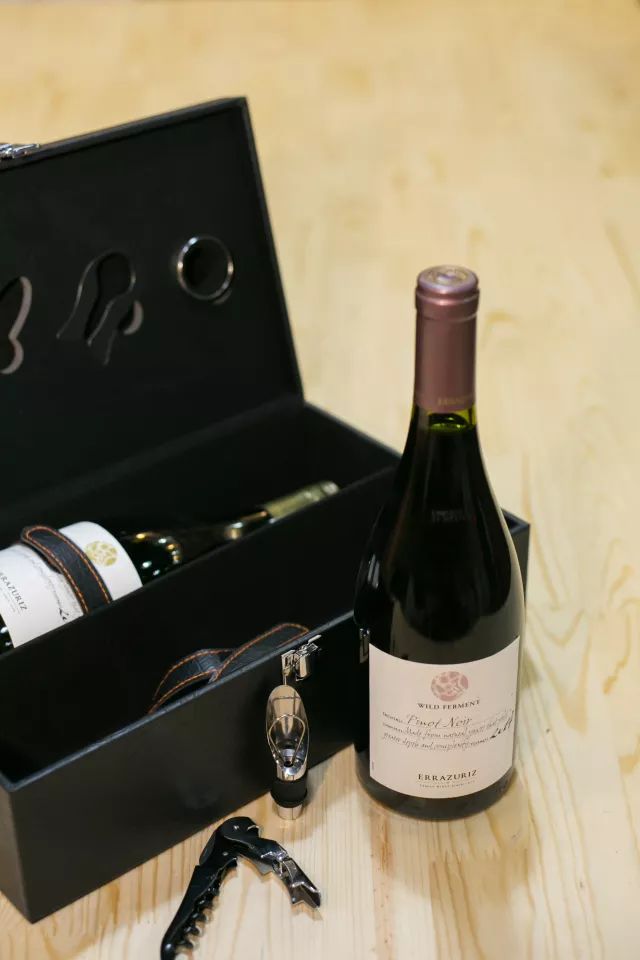Exquisite Cabernet Sauvignon Recipe for Wine Enthusiasts
Guide or Summary:Choosing the GrapesCrushing and FermentationPressing and Malolactic FermentationAgingBottlingTasting and EnjoyingFor wine lovers who relish……
Guide or Summary:
- Choosing the Grapes
- Crushing and Fermentation
- Pressing and Malolactic Fermentation
- Aging
- Bottling
- Tasting and Enjoying
For wine lovers who relish the robust flavors of a good glass of red, creating your own Cabernet Sauvignon recipe at home can be a rewarding experience. This guide will walk you through the intricate process of crafting a high-quality Cabernet Sauvignon, ensuring you capture the essence of this classic varietal.
Choosing the Grapes
The foundation of any great Cabernet Sauvignon recipe starts with selecting the right grapes. Cabernet Sauvignon grapes are known for their thick skins, which contribute to the wine's deep color and rich tannins. Look for grapes that are fully ripe with a deep blue-black hue. The ideal climate for growing these grapes is a region with warm days and cool nights, which helps in developing the complex flavors and balanced acidity.

Crushing and Fermentation
Once you have your grapes, the next step in your Cabernet Sauvignon recipe is crushing them to release the juice. This can be done using a mechanical crusher or by hand. After crushing, the must (juice, skins, and seeds) is transferred to a fermentation vessel. The fermentation process is crucial as it converts the sugars in the grape juice into alcohol. Yeast is added to the must to kickstart this process. Fermentation typically lasts about one to two weeks, during which time the temperature should be carefully monitored and maintained between 25-30°C (77-86°F) to ensure optimal yeast activity and flavor development.
Pressing and Malolactic Fermentation
After the primary fermentation is complete, the next step in the Cabernet Sauvignon recipe is pressing the fermented must to separate the wine from the skins and seeds. The wine is then transferred to a clean vessel for malolactic fermentation, a secondary fermentation process that converts malic acid into the softer lactic acid, adding to the wine's complexity and smoothness. This process can take several weeks to a few months.
Aging
Aging is a critical component of the Cabernet Sauvignon recipe, allowing the wine to develop its full range of flavors and aromas. Traditionally, Cabernet Sauvignon is aged in oak barrels, which impart additional flavors such as vanilla, spice, and toast. The type of oak (French or American) and the age of the barrel (new or used) can significantly influence the final taste of the wine. Aging can last anywhere from 12 to 24 months, depending on the desired profile.

Bottling
Once the aging process is complete, the wine is ready to be bottled. Careful attention is needed during this stage to avoid oxidation. Bottles should be sterilized, and the wine should be filtered to remove any remaining sediment. After bottling, it's advisable to let the wine rest for a few more months to allow it to stabilize and for the flavors to fully integrate.
Tasting and Enjoying
The final step in your Cabernet Sauvignon recipe is, of course, tasting and enjoying the fruits of your labor. A well-made Cabernet Sauvignon should exhibit a deep ruby color, with aromas of blackcurrant, plum, and a hint of green bell pepper. On the palate, you should expect bold flavors of dark fruit, balanced acidity, and firm tannins that provide a long, satisfying finish. Pair your homemade Cabernet Sauvignon with rich dishes like grilled steak, lamb, or a hearty stew to complement its robust character.
In conclusion, crafting your own Cabernet Sauvignon recipe is a meticulous but highly rewarding process that allows you to appreciate the art of winemaking. With patience and attention to detail, you can create a wine that rivals those found in the finest vineyards. Cheers!
